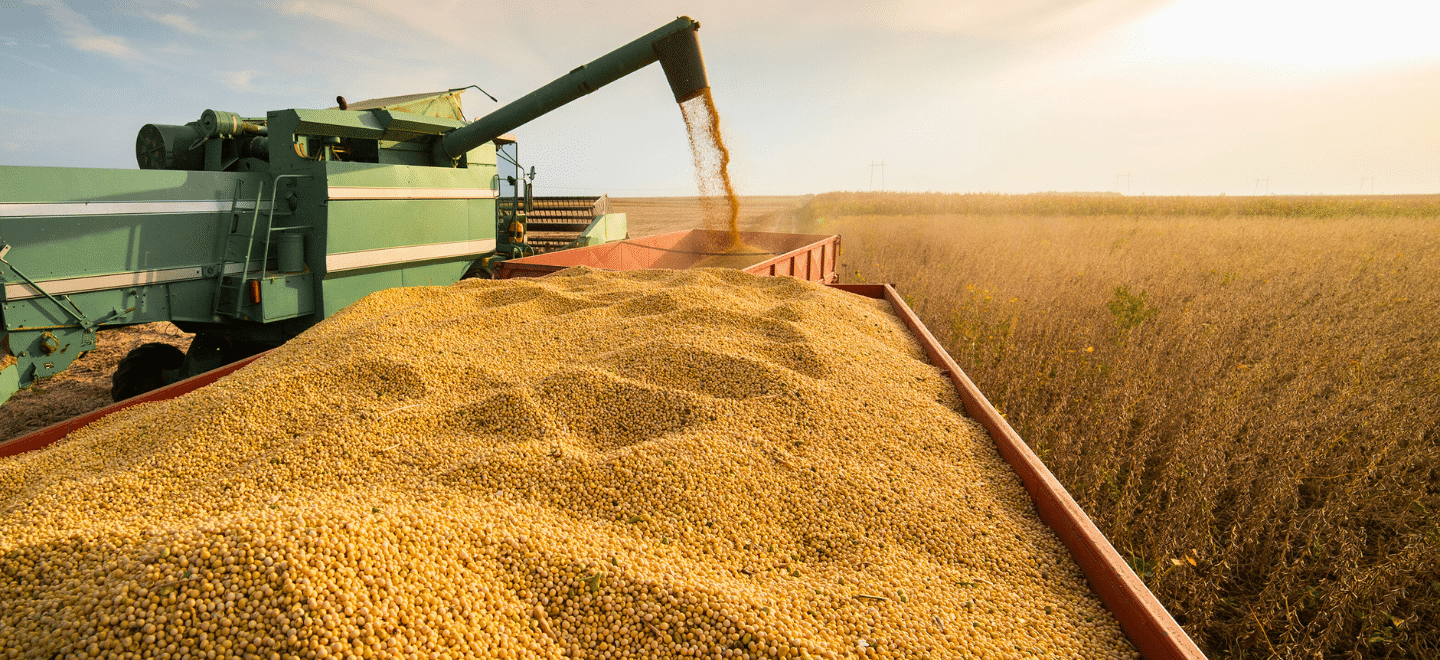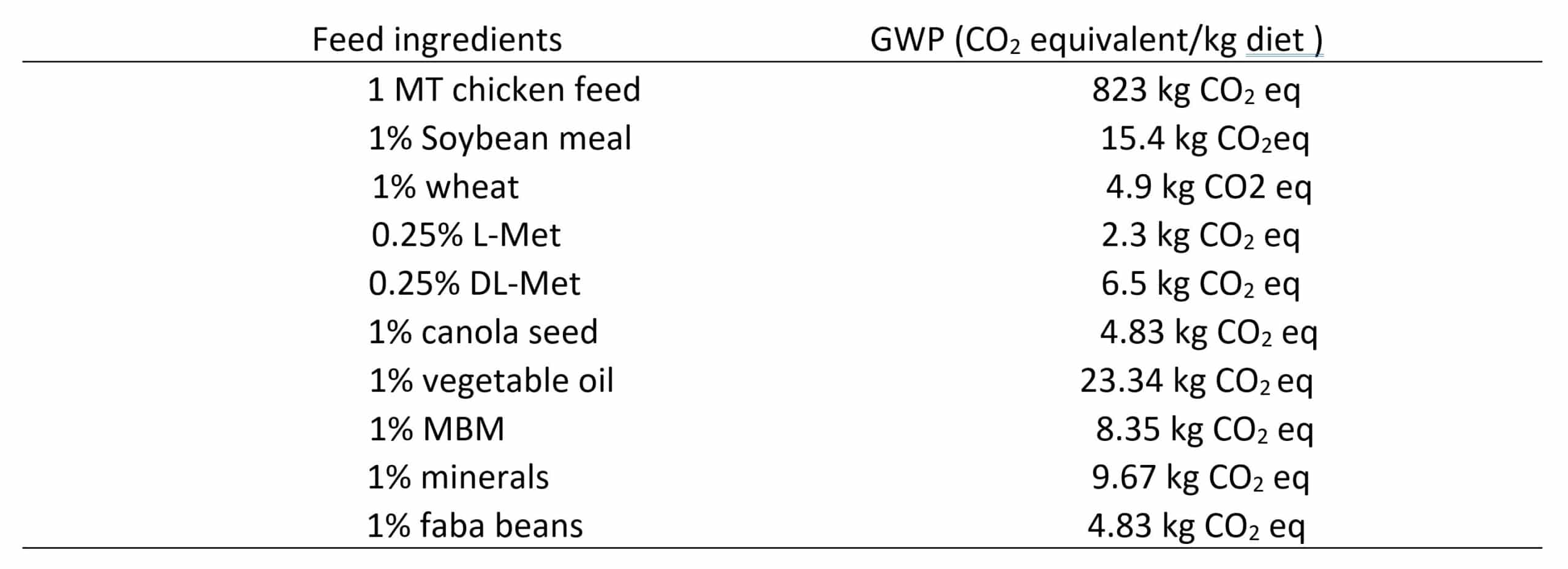Broiler chickens are one of the most efficient production animals in terms of growth rate and feed conversion ratio (FCR). In Australia, 700 million broiler chickens have been produced each year. Compared to other meat production, the production of chicken meat has relatively low environmental impact and broiler chicken feeds contribute to 70% carbon footprint of chicken production.
Feed ingredients for broiler chickens mainly consist of wheat, soybean meal, canola meal and faba beans. Based on the current life cycle assessment, wheat is considered to contribute to 45% carbon footprint of chicken feed and soybean meal contributes to 37% carbon print of chicken feed (Table 1). Beyond L-Lysine, L-Methionine and L-Threonine, adding L-Valine, L-Isoleucine and L-Arginine may further reduce 1.5%-unit crude protein levels by replacing soybean meal with wheat and faba beans, allowing approximately 70 kg CO2 eq/kg reduction.
If we consider the effect of phytase, xylanase and protease on climate change (Table 2) and switching from DL-Methionine to L-methionine, another 43kg CO2 eq /kg reduction will be expected, totally about 13.7% reduction (823 vs.710 kg CO2 eq/kg).

Soybean meal contributes 37% to the carbon footprint of chicken feed, while wheat accounts for 45%.
Recently it is noticed that replacing soybean meal with wheat or faba beans will significantly increase dietary Xylan concentration, resulting in reduced lipid digestibility and chicken performance. Although supplementation of exogenous bile acid did not improve lipid digestibility, it significantly reduced mortality rate by 2% unit due probably to reduced endogenous loss of taurine.
In addition, when removing antibiotics as the growth promoter, Glucose oxidase (GOD) supplementation increased body weight gain by 20 grams per chicken and improved FCR by 1 point under necrotic enteritis challenging situation.
Therefore, adding bile acids and GOD to reduced protein diets could further reduce about 37 kg CO2 eq/kg diet or about 5% reduction.

Table 1. The effect of feed ingredients on global warming potential (GWP)

Table 2. The effect of feed enzymes and chicken performance on GWP reduction
A study compiled by our Redox Animal Nutritionists.